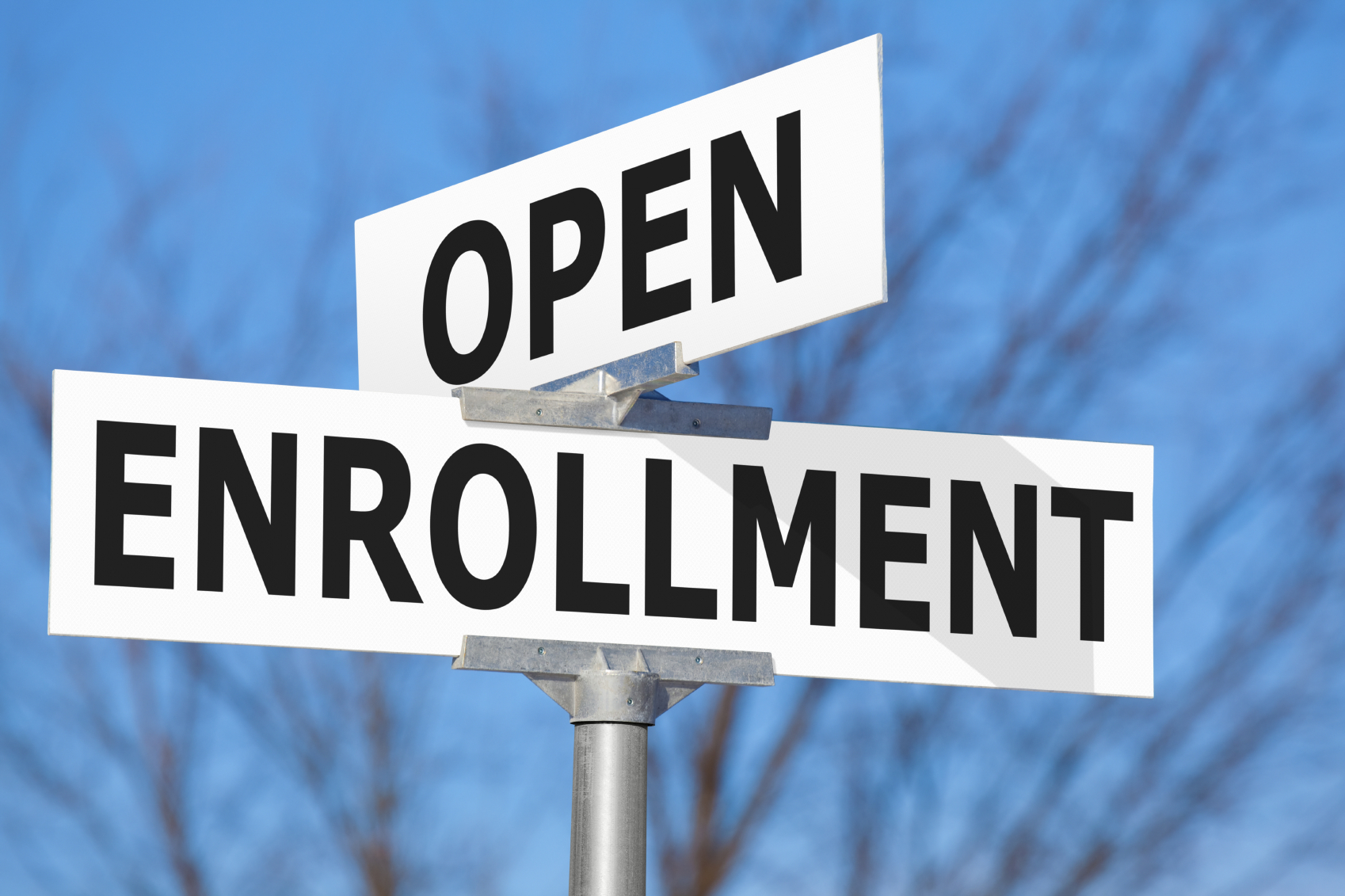By Chris Herman, MSW, LICSW – Senior Practice Associate, Aging, NASW
The annual Medicare Open Enrollment Period (OEP) ends on December 7, 2020. Seeking tips on enrollment for your clients, family members, or yourself? This blog provides a brief overview and links to multiple resources.
During the OEP, Medicare beneficiaries can review, compare, and switch their prescription drug (Part D) and health coverage. The Medicare OEP is distinct from Health Insurance Marketplace Open Enrollment, which occurs November 1 through December 15 and is addressed in a recent NASW Practice Alert.
Original Medicare
Some beneficiaries are enrolled in original Medicare, also known as traditional Medicare or Medicare fee-for-service. Original Medicare includes Part A (commonly known as hospital or inpatient insurance) and Part B (commonly known as medical or outpatient insurance).
Many beneficiaries who choose original Medicare also enroll in a Medicare Part D prescription drug plan; some also enroll in a Medicare Supplement Insurance, or Medigap, plan. Beneficiaries may change Part D and Medigap plans during the OEP.
- Learn about the 10 types of Medigap plans and limitations on Medigap enrollment
- Compare Part D plans using the Medicare Star Rating system
- Learn how prescription drug costs are divided and find beneficiary cost sharing amounts under Part D for 2021
Medicare Advantage
Medicare Advantage is a privatized form of Medicare. Multiple companies contract with the Centers for Medicare & Medicaid Services (CMS) to provide benefits covered by Part A and Part B in a “Medicare health plan,” also known as Part C. Some Medicare Advantage plans offer prescription drug coverage; others do not. Consequently, a Medicare Advantage enrollee may keep the same health plan while enrolling in a different prescription drug plan.
Beneficiaries may switch Medicare Advantage plans during the OEP. Beneficiaries may also switch from original Medicare to Medicare Advantage or vice versa. As described in detail in a previous NASW Practice Alert, however, beneficiaries switching from Medicare Advantage to original Medicare could face difficulty in obtaining a Medigap plan, pay higher rates for a Medigap plan, or face limitations on coverage for preexisting conditions.
Medicare Advantage plans vary widely in regard to out-of-pocket costs (both short-term and long-term), services, quality, and provider networks. Consequently, selection of a Medicare Advantage plan requires particularly careful consideration.
- Learn about the types of Medicare Advantage plans
- Compare Medicare Advantage plans using the Medicare Star Rating system
- Learn about rules for enrollment and disenrollment in Medicare Advantage
- Read a brief article about Medicare Advantage and explore a Medicare Fully Informed Project tool kit to assist beneficiaries in enrollment decision making, especially the choice between original Medicare and Medicare Advantage
Enrollment Tools and Financial Assistance
The Medicare Plan Finder (MPF) is a CMS tool to help beneficiaries compare Medigap plans, Medicare Part D plans, or Medicare Advantage plans. Users can also use the site to enroll in Medicare Part D or Medicare Advantage plans; for Medigap, the MPF refers users to individual plan sites for enrollment. Following a redesign of the MPF in 2019, users experienced numerous problems. Although CMS has worked to fix those errors, some users still report experiencing problems.
Beneficiaries who seek do not have Internet access or who seek enrollment support may contact the publicly funded State Health Insurance Assistance Program in their state or jurisdiction or call CMS (1-800-MEDICARE).
Beneficiaries who have difficulty paying for out-of-pocket health care costs may be eligible for a Medicare Savings Program (MSP), the Medicare Part D Low-Income Subsidy (LIS) program (also known as “Extra Help”), a State Pharmaceutical Assistance Program, or some combination of these programs.
A national network of 80 federally funded Benefits Enrollment Centers is available to assist beneficiaries in accessing MSPs and LIS.
Additional Resources
Read 2019 NASW Practice Alert on Medicare open enrollment for information about Medicare beneficiaries who have additional types of health coverage, NASW’s position on Medicare privatization, additional considerations for social workers who assist people with Medicare enrollment, and other resources.




